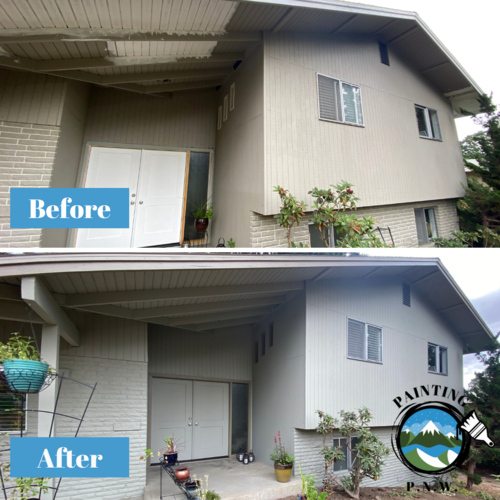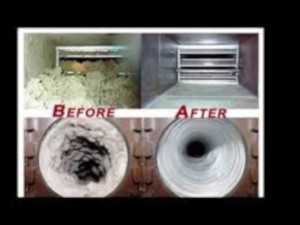
There are many kinds of drywall. You can get drywall that is fire-resistant and water-resistant as well as fiberglass-coated varieties. Each type is different and has different uses. Let's have a look at the most popular types. Select the one that best meets your needs. You can choose the one that suits your home's climate best.
There are many types of drywall
The different types ofdrywall you have to choose from if you're building or remodeling a home. Certain types provide better fire protection than others while others are more resistant to water damage. Each type of wallpaper has its unique qualities, including its thickness and texture. Learn more about the different types and how to choose the best one.
Some types are more resilient to moisture than others. These are the best options for areas that are susceptible to high levels humidity. Some are more common and can be used for residential interior walls such as basements. These sheets can be as thick as four feet or in other sizes.

Fire-resistant drywall
There are many different kinds of drywall, but only a few types are actually fire-resistant. Type X and type C drywall are both made of gypsum with noncombustible glass fibers, and can withstand fire and heat for up to an hour. These types of drywall are typically installed in walls, stairwells, and area separation firewall assemblies.
Fire-resistant type X drywall is an excellent option for multi-story buildings and multi-family residential properties. This modified type-X product contains more vermiculite & glass fibers to reduce panel shrinkage and improve panel strength.
Fiberglass-coated D & M drywall
Fiberglass-coated Drywall is a great choice for homeowners who desire a smooth, mirror-like finish. This type of drywall can last longer, although it is more expensive than regular. However, it can cause skin or respiratory problems and irritation during installation. These problems can be controlled by wearing a face mask, gloves and other protective gear.
You can choose from many types of fiberglass-coated wall drywall. Some of them are better for basements or bathrooms than others. Blue board drywall is a common choice for basements. Although it retains a layer of geypsum inside, the outer sheet is specially treated for resistance to moisture and mold. However, it is not waterproof. It is best to keep it indoors. Other types of drywall include fiberglass mesh outer layers. These types are mold- and moisture-resistant and can be used in damp and food-service areas.

Moisture-resistant drywall
Moisture-resistant type s gypsum drywall is an environmentally-friendly choice for your home. It resists moisture, mold, and mildew growth. These drywall products will cost more than regular types but can make your house healthier and less likely to have health problems.
These gypsum panels can withstand higher humidity than regulardrywall and are also fire resistant to a certain degree. These products are the best choice for rooms that have high humidity, like bathrooms. They are perfect for behind kitchen sinks as well as utility rooms. They make an excellent base for non-absorbent finish. They can also work in basements or garages.
FAQ
Is there a way to prepare for negotiation before hand?
Yes!
There are many ways to prepare yourself for negotiations.
One way is to write out the terms and conditions of the agreement
Is a guarantee a service contract?
A service agreement is not a warranty. It is an agreement between 2 parties to exchange goods. If the product does not work as promised, the customer agrees pay for repair or replacement. This contract is also called a maintenance contract.
Where can I obtain more information about building permits
Check with your local government authority (for example, NSW Local Government Association) or contact your local real estate agent. They should be able tell you the best way to go about obtaining permission.
When do I have the obligation to pay for the service/contractor
The service you are receiving will dictate the payment schedule. A contractor might hire to install a roof. You would usually pay when the work is complete. A supplier might require you to test and receive the item before you pay.
Statistics
- (ii) Name, address, and telephone number of each proposed first-tier subcontractor with a proposed subcontract estimated at $10 million or more. (acquisition.gov)
- Depending on the client's trustworthiness and financial stability, a deposit is usually 10 to 50% of the total contract amount. (lawdepot.com)
- (d) Contractor disputes related to compliance with its obligation shall be handled according to the rules, regulations, and relevant orders of the Secretary of Labor (see 41 CFR60-1.1). (acquisition.gov)
- (1) Except as provided in paragraphs (a)(4) and (a)(8) of this section, if the estimated amount of the contract or subcontract is $10 million or more, the contracting officer shall request clearance from the appropriate OFCCP regional office before- (acquisition.gov)
- Don't take their anger personally, they are mad about the situation 99% of the time. (activatemylicense.com)
External Links
How To
How can I start to negotiate my first service contract?
Negotiating the terms of a first service agreement can seem like a daunting task.
However, negotiating the terms of a first contract doesn't have to be difficult.
It all depends on how prepared and organized you are.
Before you start to negotiate, ensure you are familiar with the terms and conditions for your first service agreement.
For example, you should know precisely what you will do for the customer.
It is important to know what the customer expects of you.
Once you have an idea of what you are offering, you can begin to prepare for negotiations.
The more information that you have, the more prepared you'll be for the meeting with the other party.